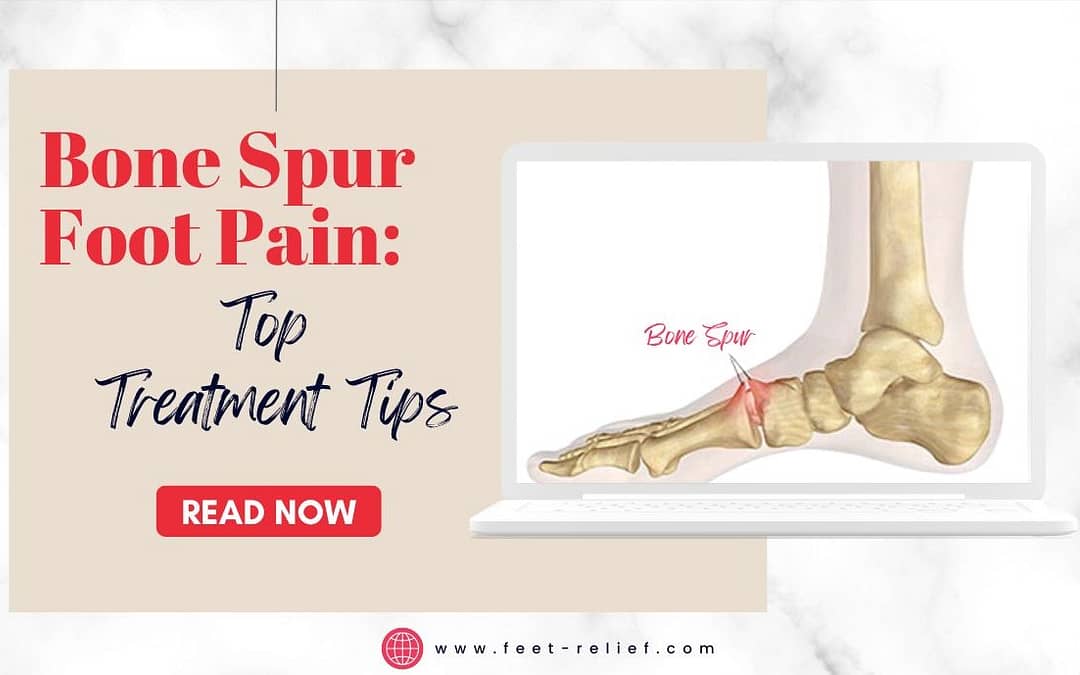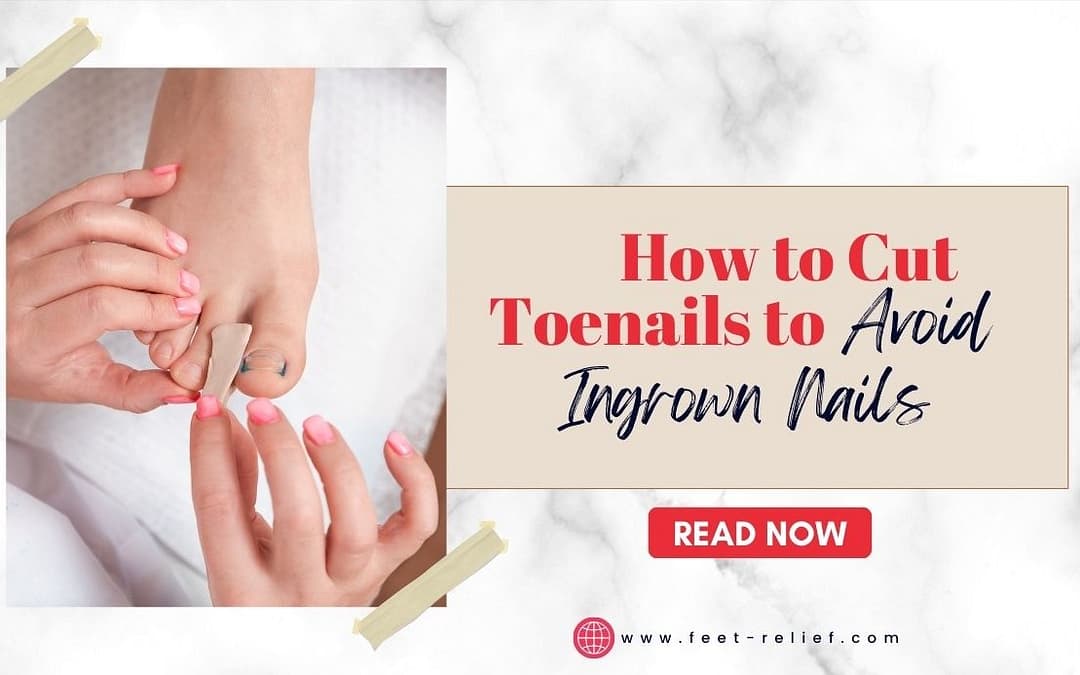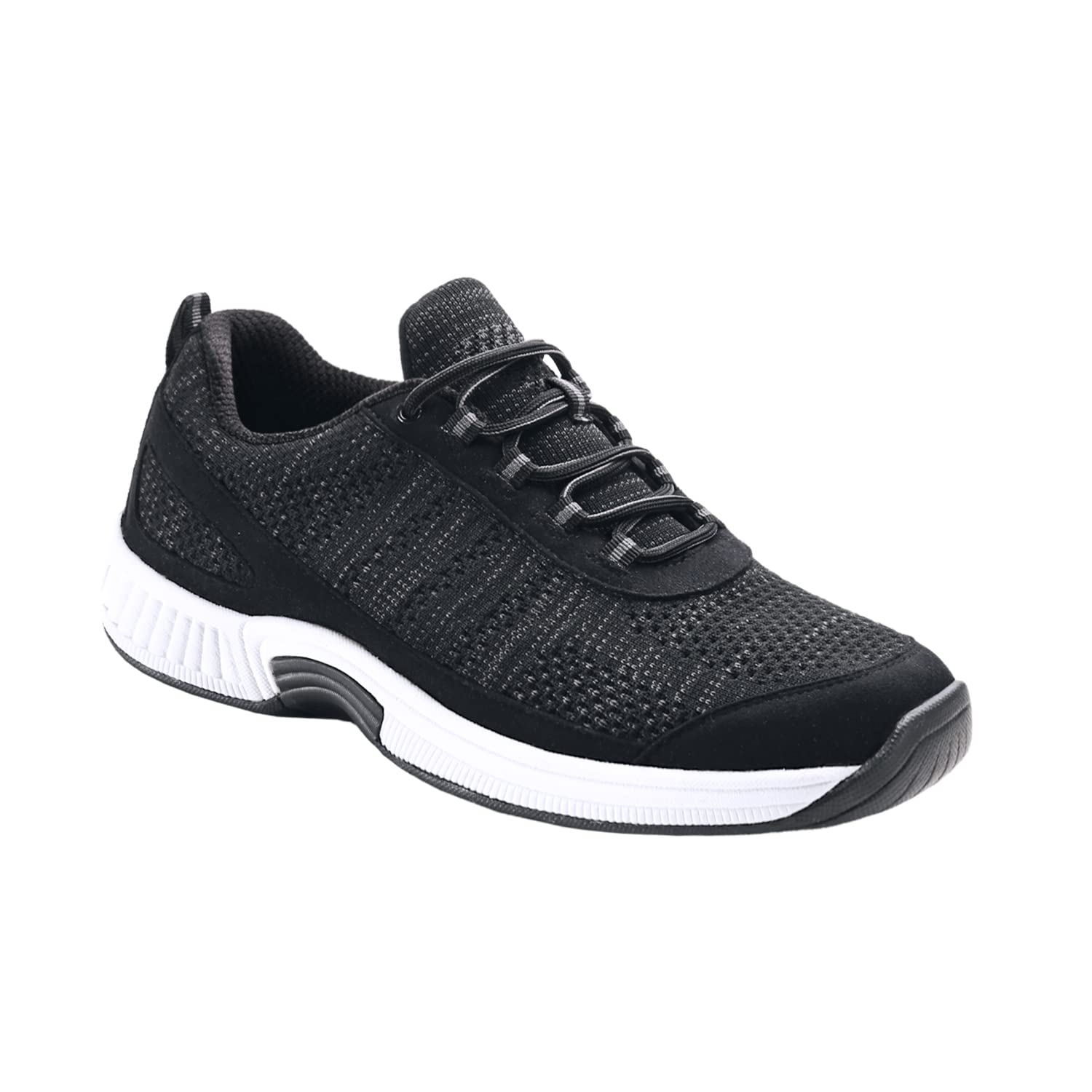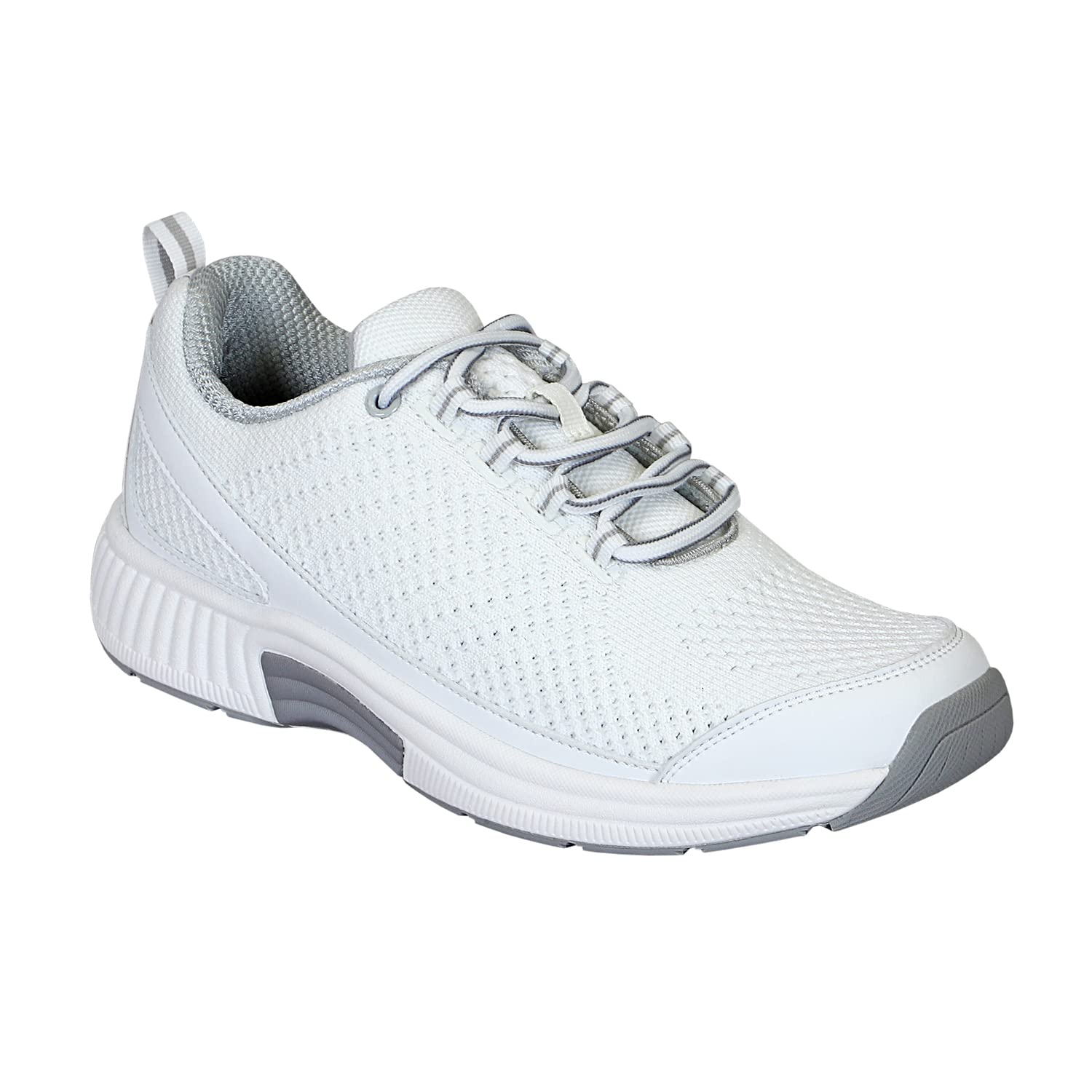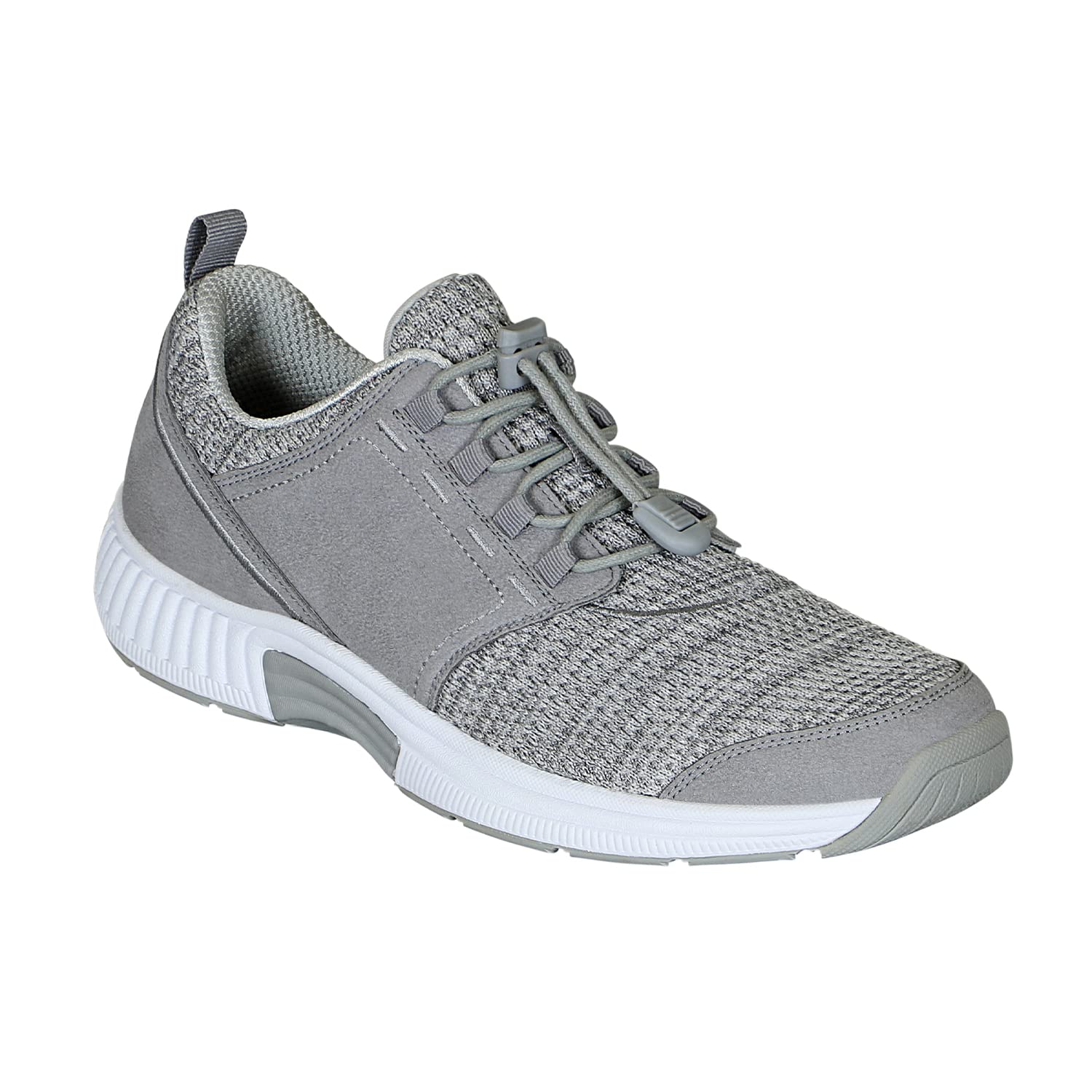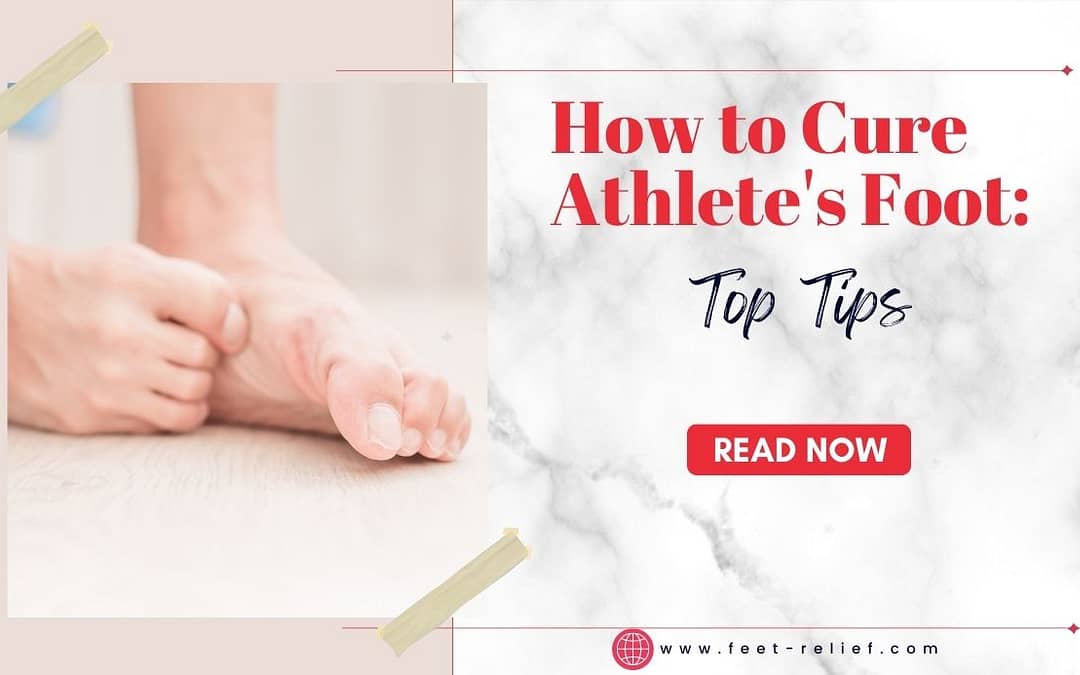
How to Cure Athlete’s Foot: Top Tips
Athlete’s foot is a common fungal infection that affects the skin on the feet. It is contagious and can be spread from person to person or through contact with contaminated surfaces. Athlete’s foot can cause discomfort, itching, and burning sensations. In this ultimate guide, you will learn everything you need to know about athlete’s foot, from its symptoms and causes to the different treatment options available.
How to Cure Athlete’s Foot: Top Tips to Help Conquer the Itching and Pain

Image Source: Shutterstock
Introduction to Athlete’s Foot
What is Athlete’s Foot?
Athlete’s foot, also known as tinea pedis, is a fungal infection that affects the skin on the feet. It is caused by a group of fungi called dermatophytes that thrive in warm and moist environments such as locker rooms, swimming pools, and showers. Athlete’s foot can also be spread through contact with contaminated clothing, towels, or shoes.
Related: What Causes Foot Odor? Top Tips

Symptoms of Athlete’s Foot
The symptoms of athlete’s foot include itching, burning, and stinging sensations on the feet. The affected skin may also be red, scaly, and dry. In severe cases, blisters may form, and the skin may crack and peel, leading to secondary bacterial infections.
Causes of Athlete’s Foot
Athlete’s foot is caused by a group of fungi called dermatophytes that thrive in warm and moist environments. Factors that increase the risk of developing athlete’s foot include wearing tight-fitting shoes, not drying the feet properly after bathing, and walking barefoot in public places.
Related: Understanding Common Foot Problems
Athlete’s Foot Treatment Options
Early Stage Athlete’s Foot Cure
In the early stages of athlete’s foot, over-the-counter antifungal creams, gels, or sprays can be effective in treating the infection. These products contain ingredients such as miconazole, clotrimazole, or terbinafine that kill the fungus and relieve the symptoms. It is essential to follow the instructions on the product label carefully and continue using the product for the recommended duration, even if the symptoms disappear.
Athlete’s Foot Not Responding to Treatment
If athlete’s foot does not respond to over-the-counter antifungal treatments, prescription medications may be necessary. These include oral antifungal medications such as itraconazole or fluconazole, or topical prescription-strength antifungal creams or ointments. It is essential to consult a healthcare professional before using prescription medications and follow their instructions carefully.
How to Get Rid of Athlete’s Foot in Shoes
Athlete’s foot can thrive in shoes, socks, and other footwear. To get rid of the fungus in shoes, use antifungal sprays or powders. These products contain ingredients such as tolnaftate or undecylenic acid that kill the fungus and prevent its growth. Rotating your shoes and letting them dry thoroughly between uses also provides essential help.
How to Cure Athlete’s Foot in Shoes
To cure athlete’s foot in shoes, try using a UV shoe sanitizer. These devices use ultraviolet light to kill bacteria and fungi in shoes, including the ones that cause athlete’s foot. It is essential to use the device according to the manufacturer’s instructions and to clean the shoes thoroughly before and after use.
Foot Fungus Treatment
In addition to antifungal creams and sprays, there are other foot fungus treatments available. These include tea tree oil, which has antifungal and antibacterial properties, and vinegar, which can help lower the pH of the skin and create an environment that is hostile to fungi. It is essential to dilute the tea tree oil or vinegar before using them on the skin and to apply them only to the affected area.
Athlete’s Foot How to Treat
The best way to treat athlete’s foot is to practice good foot hygiene. This includes washing the feet daily, drying them thoroughly, and wearing clean, dry socks and shoes. It is also important to avoid walking barefoot in public places and to change socks and shoes regularly. If you have athlete’s foot, it is essential to avoid scratching the affected area, as this can spread the infection.
Athlete’s Foot Treatment
In addition to antifungal creams and prescription medications, other athlete’s foot treatments are available. These include foot soaks with Epsom salt or baking soda, which can help soothe the skin and relieve itching and burning sensations. It is essential to follow the instructions on the product label carefully and to use warm, not hot, water.
Related: Causes of Toe Pain and Useful Tips

Tips and Tricks for Preventing Athlete’s Foot
Wear Proper Footwear
Wearing proper footwear is essential in preventing athlete’s foot. Choose shoes that are well-ventilated and made of breathable materials such as leather or canvas. Avoid wearing shoes that are too tight or made of synthetic materials that trap moisture and heat.
Keep Feet Clean and Dry
Avoid Walking Barefoot in Public Places
Change Socks and Shoes Regularly
Changing socks and shoes regularly is also important in preventing athlete’s foot. Avoid wearing the same shoes and socks for prolonged periods, and alternate between different pairs. It is also essential to let shoes dry thoroughly between uses.
Frequently Asked Questions about Athlete’s Foot
Q: Is athlete's foot contagious?
A: Yes, athlete’s foot is contagious. It easily spreads from person to person or through contact with contaminated surfaces.
Q: Can athlete's foot be cured?
A: Yes, athlete’s foot can be cured with proper treatment and good foot hygiene.
Q: How long does it take to cure athlete's foot?
A: The duration of athlete’s foot treatment depends on the severity of the infection and the type of treatment used. It generally takes several weeks to several months to cure athlete’s foot completely.
Ready to Get Rid of Athlete’s Foot Fungus?
Athlete’s foot, a common fungal infection, affects the skin on the feet. It causes discomfort, itching, and burning sensations. Fortunately, many treatment options are available. These include over-the-counter antifungal creams, prescription medications, and foot fungus treatments. By practicing good foot hygiene and taking preventative measures, you reduce your risk of developing athlete’s foot and keep your feet healthy.




